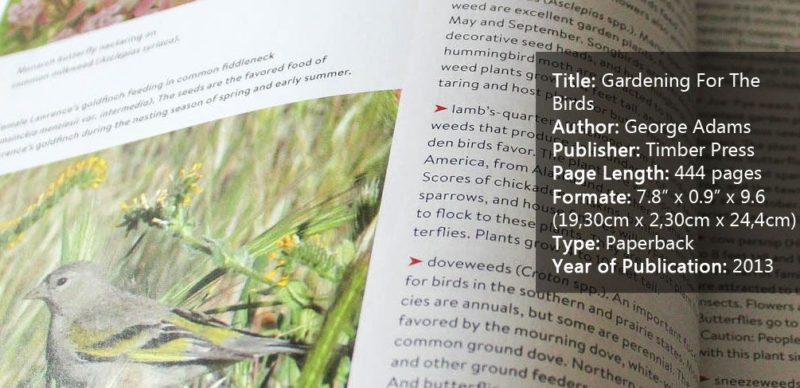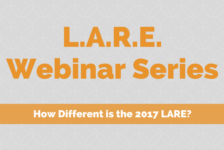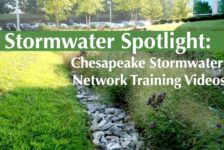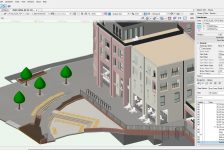A book review of Gardening For The Birds by George Adams. “How do you turn your yard into an inviting sanctuary, where birds will come to nest, raise their families, and seek shelter for the winter?”- George asks in the first pages of his book “Gardening For The Birds”. From the introduction of this book is a noticeable George Adams’ pedagogical approach. Written with clarity, style, and passion, this book gives us the necessary tools to design and build our own garden that will be able to attract fascinating birds. The book’s content is divided in four parts. In the first two parts, Adams explains the first steps to create or transform your garden into a paradise for birds. Be aware that most of the plants and especially the birds’ species are found in North America. Thus, if you design a garden in North America, all the content of the book is suitable for you, otherwise, if your yard’s site is not in North America, you might still use some information from this book, especially from Part One and Part Two. However, you should consider consulting other books about plants and birds’ species that are appropriate to your region.
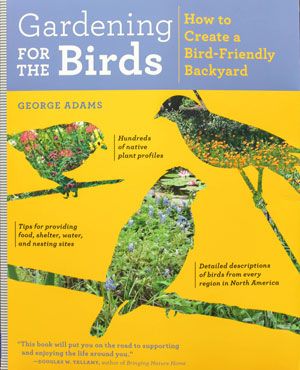
Front cover of Gardening For The Birds. Get it Here!
Gardening For The Birds
In the first half of Part One, you will find detailed information about some of the birds’ habits regarding food, shelter and nesting sites. Additionally, you will find, all over the book, images and self-explanatory tables and charts that are extremely helpful as a reference guide. For instance, one of these charts illustrates seven types of bills of birds together with their corresponding food preferences. All bird-feeding examples given by Adams are examples in which birds are able to get their food from the plants, and there is no example in which the author references any supplemental bird-feeding method. Hummingbirds in Your Garden In the second half of Part One, you will have access to information about hummingbirds, one of the most beautiful birds in nature, and about butterflies, one of the insects, oftentimes desired in a garden. Adams offers us, in this part, a very helpful chart about some of hummingbirds’ and butterfly’s habits. This chart is organized by plants listed alphabetically by botanic name; for each plant, you will find information related to flower color, light needed for cultivation, estimated flowering months, hardiness zones, approximate mature height and how it could attract birds and butterflies.
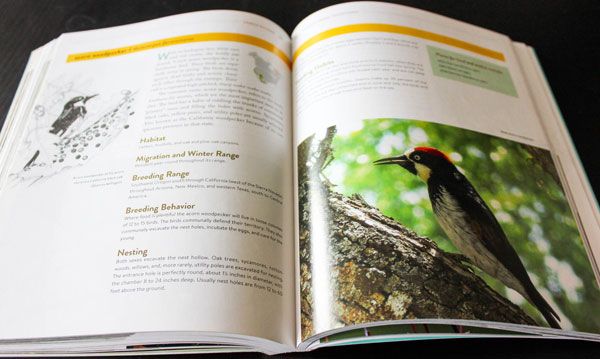
Inside Gardening For The Birds. Photo credit: Sarah Suassuna
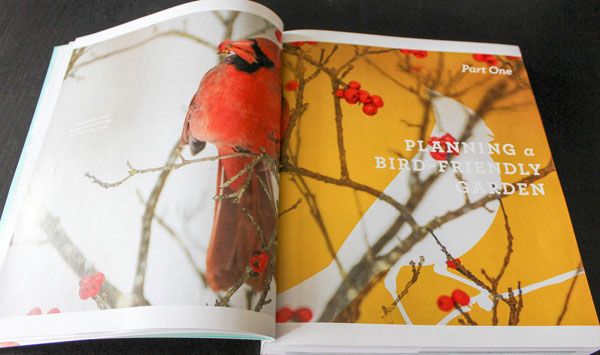
Part 1 of Gardening For The Birds. Photo credit: Sarah Suassuna
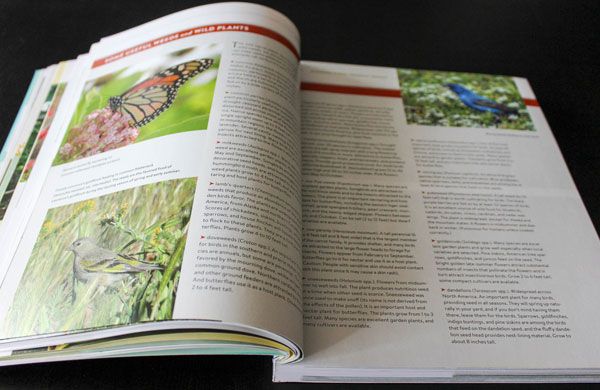
Inside Gardening For The Birds. Photo credit: Sarah Suassuna
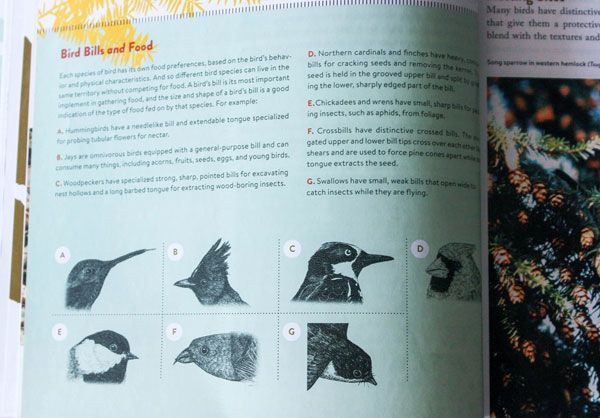
Inside Gardening For The Birds. Photo credit: Sarah Suassuna
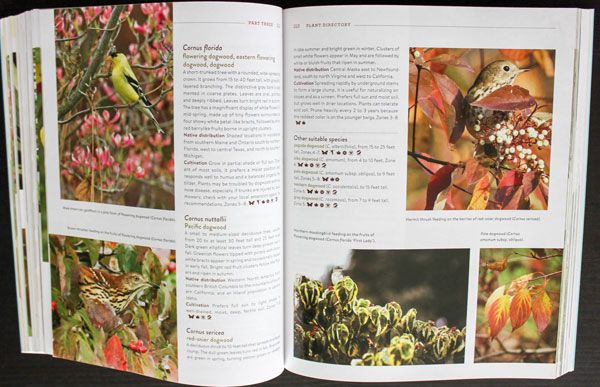
Inside Gardening For The Birds. Photo credit: Sarah Suassuna
Pick up your copy of Gardening For The Birds today!
Article by Sarah Suassuna Return to Homepage
Published in Blog

